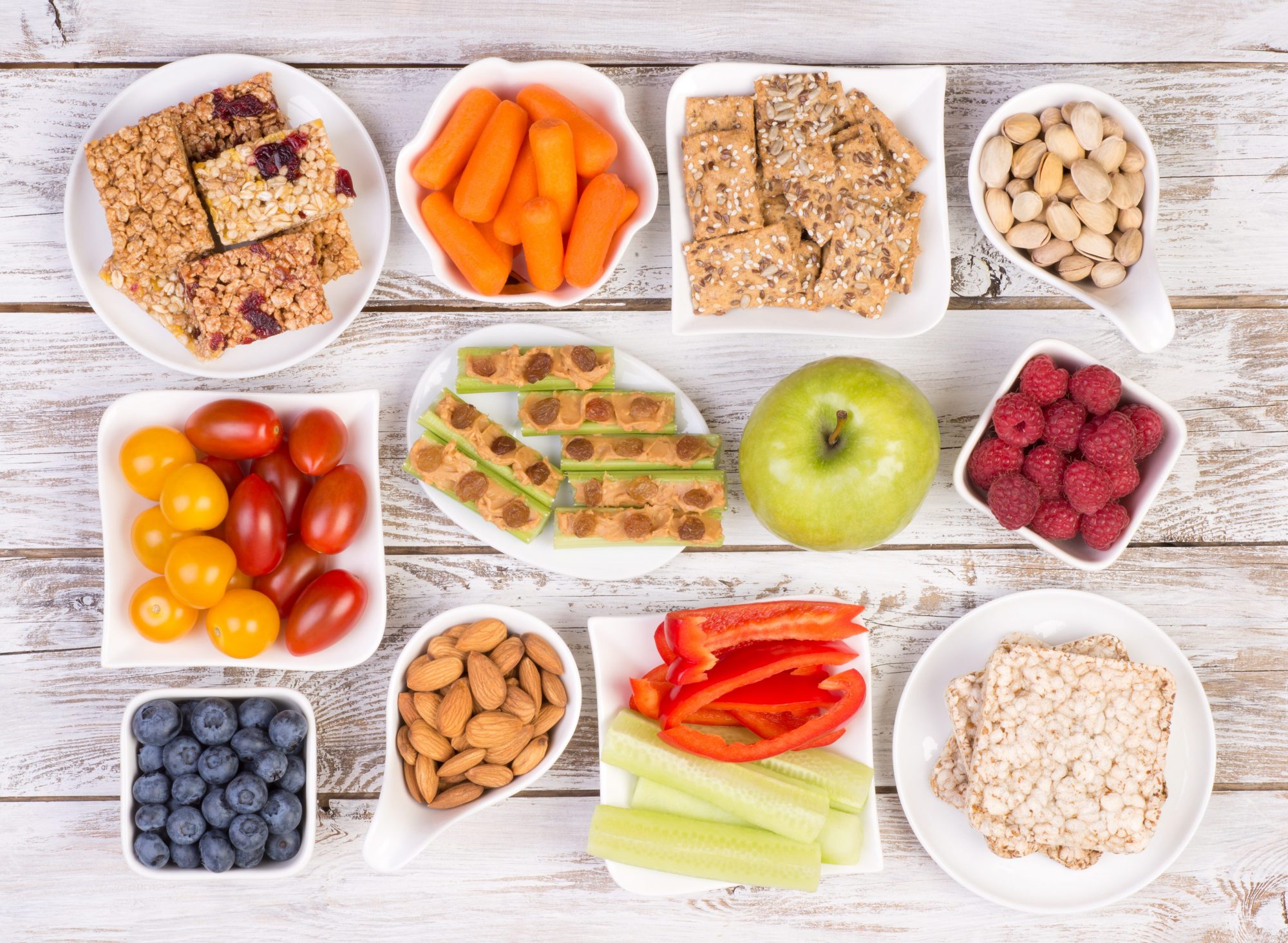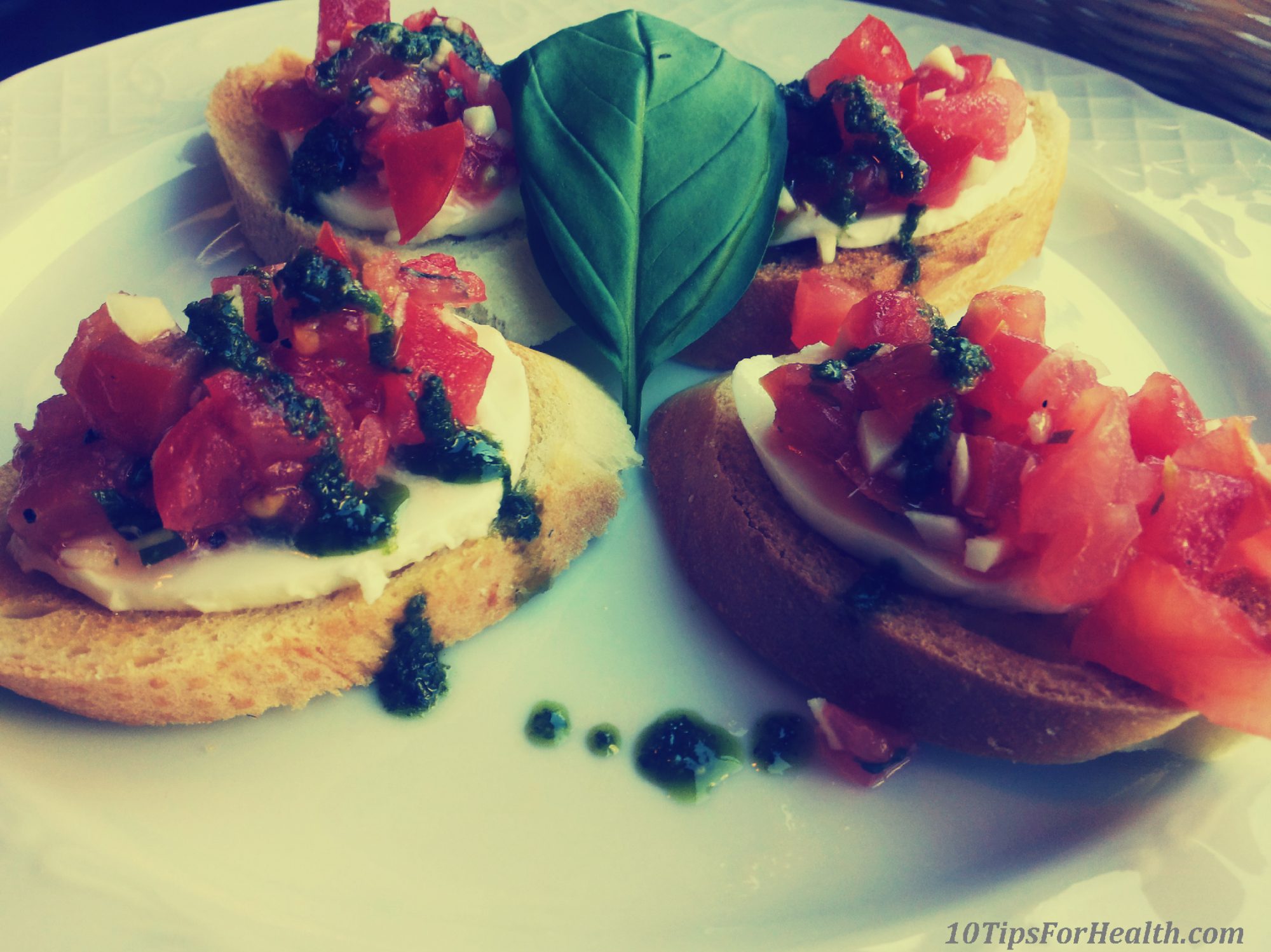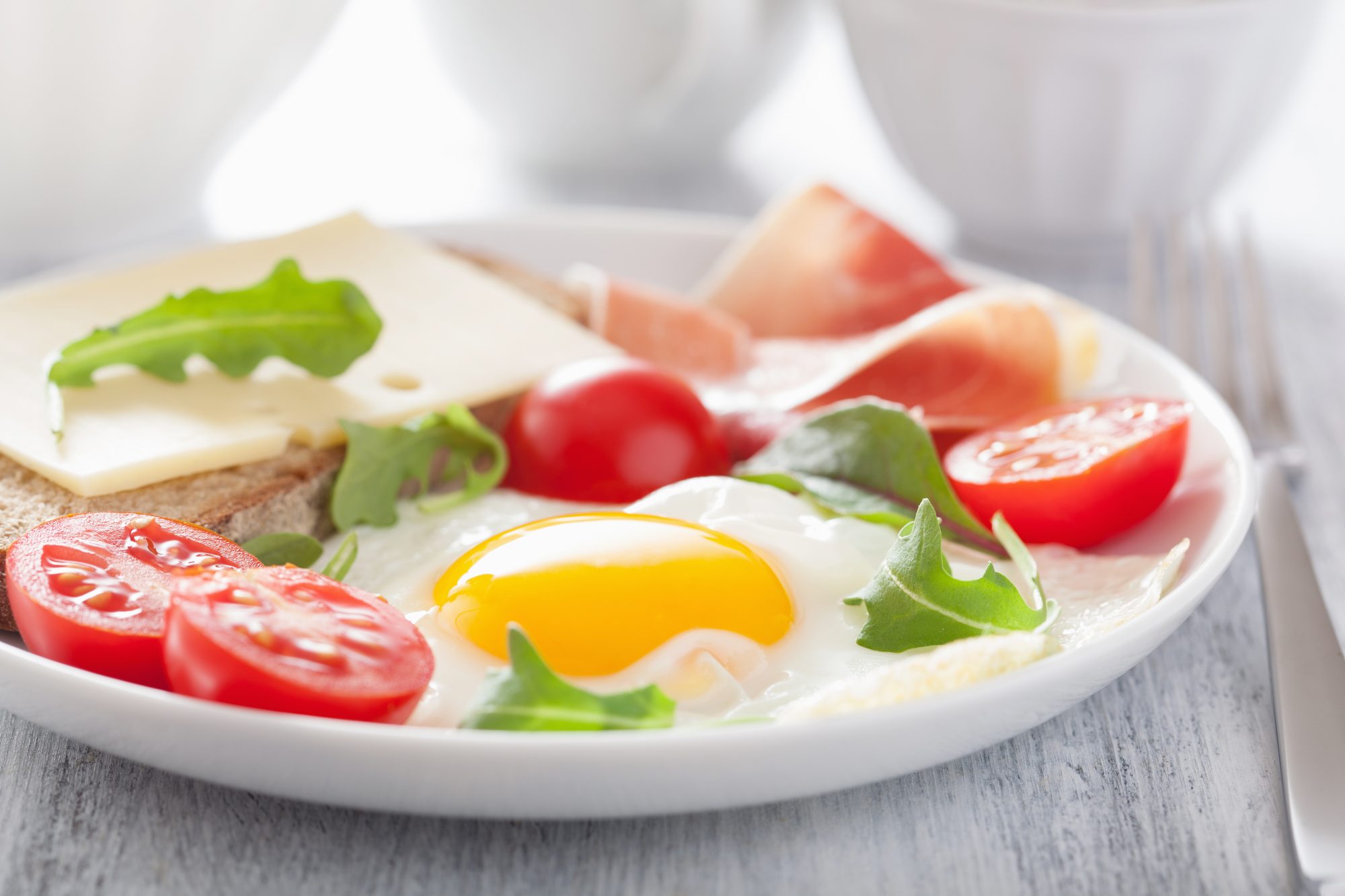„Sugar is a type of bodily fuel, yes, but your body runs about as well on it as a car would“. – V.L. Allineare
Many people avoid snacks, because they fear that they may gain weight. However, choosing healthy, low-calorie snacks can help control your appetite – snacking between meals helps avoid starving and cravings, that way you don’t overeat at your next meal.
Eating nutritious snacks can help you lose weight and can be beneficial to your overall health. Snacks also give you energy, can help maintain stable blood sugar, and help you concentrate better.
Research shows that snacking throughout the day is a healthy way to keep your body and mind energized.
Involve the whole family into the process of snack creation. You’ll be surprised how easy it can be to make healthy snacks and avoid offering the same foods every day.
Remember, sticking with healthy foods is much easier when you don’t keep sweets and other junk food at home.
Don’t forget that snacks are not big meals. A snack should be a small portion of food (up to ~100-200 calories) eaten between your big meals.
Aim for 3 reasonably-sized meals with 2-3 small snacks in between. Eating every 2-3 hours will prevent excessive hunger that can lead to over-eating.
The tips below will help you choose nutritious and tasty foods for healthy and simple snacks.
1. Choose NUTS AND SEEDS – in their natural state without salt. They contain beneficial fats, and will let you quickly feel full. By consuming a handful of nuts a day you will not gain weight, so feel free to choose this healthy snack. You can choose from a variety of nuts (almonds, walnuts peanuts, hazelnuts, cashews, etc.) and seeds (sesame, pumpkin, sunflower). You can try these with yogurt together with fruits and/or berries.
2. Discover ways to have FRESH FRUITS as a snack. Fruits provide you with lots of vitamins, minerals and dietary fiber, and they have few calories. Crisp apple slices with low-fat cheese give the feeling of fullness, provide with fiber, calcium and protein. You can have banana or peaches with yogurt, or fresh figs with goat cheese. Try different fruits – you can find many different sorts at the grocery store.
3. RAW VEGETABLES may be turned into a tasty snack. Choose carrots, celery, broccoli, cucumbers, and cauliflower – these are crunchy, tasty and full of nutrients. Whip up a dip with yogurt and seasonings. You can have some of the vegetables with a healthy sweet dip – slice cucumber into long stripes and dip it in honey.
4. Include BERRIES in your snack list. Strawberries, blueberries, and raspberries are good with yogurt. To make your snack even more nutritious, you can top it with seeds (like sunflower) and nuts (like almonds).
5. Don‘t forget DRIED FRUITS AND BERRIES. Dried peaches, bananas, plums, dates, cranberries or raisins can go with nuts or/and seeds. You can add it all to yogurt. Dried fruits and berries can also be added to your half-cup oatmeal porridge or cottage cheese.
6. Go for WHOLE GRAINS to fuel your brain with the carbohydrates that it needs to perform well. Whole grain foods, such as crackers and breads, topped with some low-fat cheese, can be a healthy snack. Whole grain oat flakes or breakfast cereals can be made with dried fruits, berries and seeds, adding yogurt. You can vary the ingredients (fresh fruits, coconut or almond flakes, honey, etc.) as much as you wish to suit your own preferences.
7. Try FARMER‘S CHEESE. Farmer’s cheese may be made from the milk of cows, sheep or goats, with each having its own texture and flavor. Cover the cheese with honey for sweet taste. You can also have it with a slice of a whole grain bread.
8. Include COTTAGE CHEESE as a snack. It is good with honey, which you can also put on a whole grain toast. However, if you are not yearning for sweet flavor, skip the honey and put cottage cheese on a whole grain toast with tomato slices, fresh mint, salt and pepper.
9. Provide your body with enough PROTEIN. You may feel hungry more often if you are lacking protein in your diet. A hard-boiled egg (drizzled with olive oil ) is a good high-protein snack. You can also choose other sources of protein: some slices (~1 ounce) of turkey or chicken breast (better homemade); a quarter-cup cooked lentils mixed with diced avocados and a splash of olive oil; a handful of nuts; or half-cup cottage cheese (with some fruit).
10. SWEET SINS are ok once in a while. Although most of your snacks should be nutritious foods that are low in saturated fats, sugars, and salt, you may enjoy your favorite treat in small amounts occasionally. You can also try choosing healthier options, such as sweets that are low in fat and with less sugar. Still, they can be high in calories, so enjoy them in moderation.
……………………………………………………………………………………………………………………………………….
Sources:
United States Department of Agriculture
University Health Services, The University of Texas at Austin











